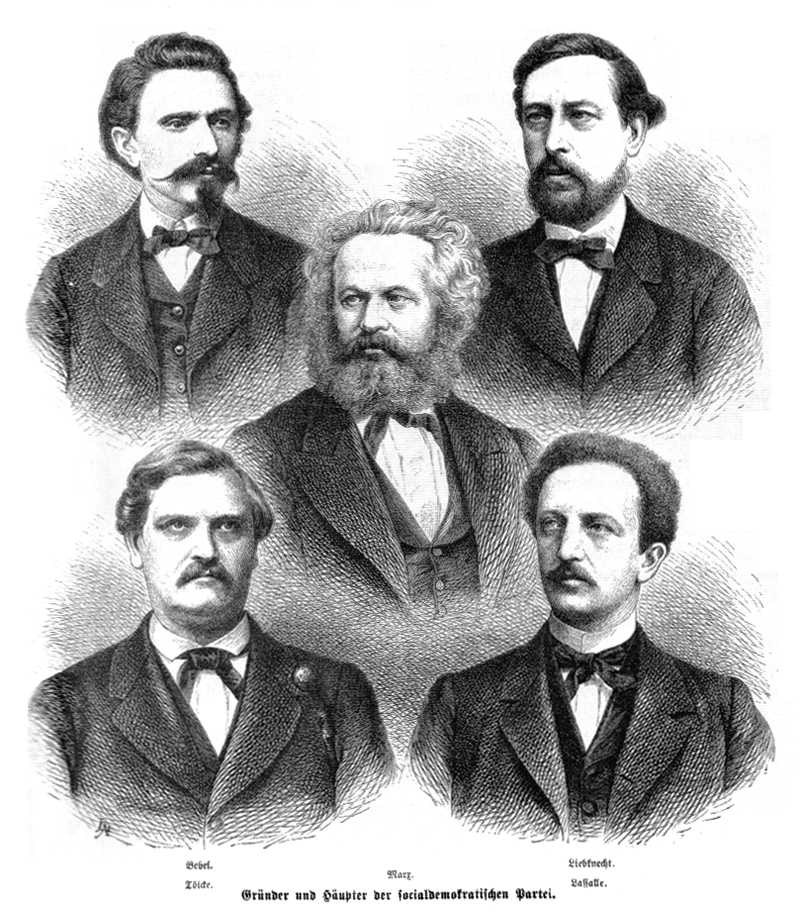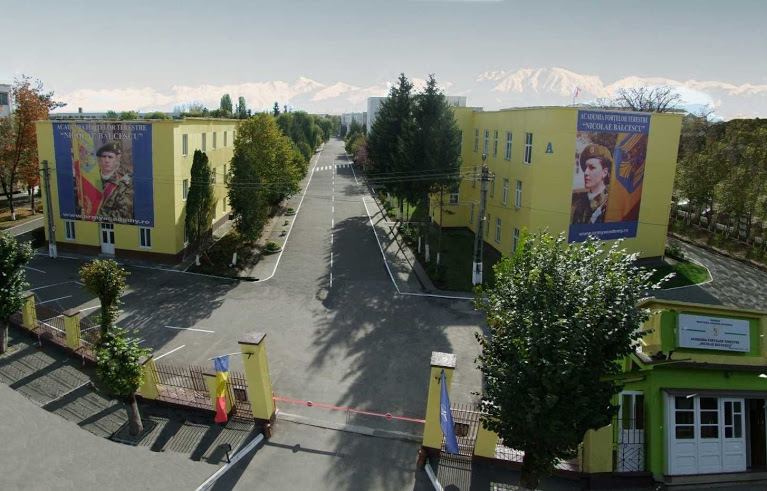|
Marcel Olteanu
Marcel Olteanu (May 4, 1872 – 1943) was a Romanian brigadier general during World War I and the Hungarian–Romanian War. He was born in Craiova, a descendant of Petru Maior. His sister, Adelina, later married Octavian Codru Tăslăuanu. In 1889 he went to Bucharest, where he enlisted in the Military School of Infantry and Cavalry, graduating in 1891 with the rank of second lieutenant, after which he advanced to lieutenant (1894), captain (1900), and major (1910). Also in 1910, Olteanu was awarded the Order of the Crown, Officer rank. He completed his studies at the Higher War School in Bucharest. Olteanu served in the Second Balkan War in 1913, and was decorated with the .Ministerul de Răsboiu, ''Anuarul Armatei Române pe anul 1916, ''Tipografia "Universala" Iancu Ionescu, București, 1916 He was promoted to lieutenant colonel in April 1914 and colonel in May 1916. Starting in October 1912, Olteanu was the inaugural commandant of the "Nicolae Filipescu" Military School at D ... [...More Info...] [...Related Items...] OR: [Wikipedia] [Google] [Baidu] |
Craiova
Craiova (, also , ), is Romania's 6th Cities in Romania, largest city and capital of Dolj County, and situated near the east bank of the river Jiu River, Jiu in central Oltenia. It is a longstanding political center, and is located at approximately equal distances from the Southern Carpathians (north) and the Danube, River Danube (south). Craiova is the chief commercial city west of Bucharest and the most important city of Oltenia. The city prospered as a regional trading centre despite an earthquake in 1790, a plague in 1795, and a Ottoman Empire, Turkish assault in 1802 during which it was burned. Eight villages are administered by the city: Făcăi, Mofleni, Popoveni, Șimnicu de Jos, Cernele, Cernelele de Sus, Izvoru Rece, and Rovine. The last four were a separate commune called ''Cernele'' until 1996, when they were merged into the city. Etymology and names There are two possible etymologies for Craiova: Common Slavonic, Old Slavonic ''wikt:kral, kral'' ("king"), which has be ... [...More Info...] [...Related Items...] OR: [Wikipedia] [Google] [Baidu] |
Dealu Monastery
Dealu Monastery is a 15th-century monastery in Dâmbovița County, Romania, located 6 km north of Târgoviște. The church of the monastery is dedicated to Saint Nicholas. Necropolis Dealu Monastery narthex is considered one of the largest funerary spaces in the country, here being buried several voivodes, princes and clergymen. In chronological order, those buried at Dealu Monastery are: * Vlad II Dracul (cca. 1390–1447), Prince of Wallachia * Vladislav II (d. 1456), Prince of Wallachia * Radu IV cel Mare (1467–1508), Prince of Wallachia * Vlad V cel Tânăr (1488–1512), Prince of Wallachia * Radu VI Bădica (d. 1524), Prince of Wallachia * Vlad VII Înecatul (d. 1532), Prince of Wallachia * Head of Mihai Viteazul Michael the Brave ( ro, Mihai Viteazul or ; 1558 – 9 August 1601), born as Mihai Pătrașcu, was the Prince of Wallachia (as Michael II, 1593 – 1601), Prince of Moldavia (1600) and ''de facto'' ruler of Transylvania (1599 – 1600). . ... [...More Info...] [...Related Items...] OR: [Wikipedia] [Google] [Baidu] |
Social Democracy
Social democracy is a Political philosophy, political, Social philosophy, social, and economic philosophy within socialism that supports Democracy, political and economic democracy. As a policy regime, it is described by academics as advocating Economic interventionism, economic and social interventions to promote social justice within the framework of a liberal-democratic polity and a capitalist-oriented mixed economy. The protocols and norms used to accomplish this involve a commitment to Representative democracy, representative and participatory democracy, measures for income redistribution, regulation of the economy in the Common good, general interest, and social welfare provisions. Due to longstanding governance by social democratic parties during the post-war consensus and their influence on socioeconomic policy in Northern and Western Europe, social democracy became associated with Keynesianism, the Nordic model, the social-liberal paradigm, and welfare states within po ... [...More Info...] [...Related Items...] OR: [Wikipedia] [Google] [Baidu] |
Coup D'état
A coup d'état (; French for 'stroke of state'), also known as a coup or overthrow, is a seizure and removal of a government and its powers. Typically, it is an illegal seizure of power by a political faction, politician, cult, rebel group, military, or a dictator. Many scholars consider a coup successful when the usurpers seize and hold power for at least seven days. Etymology The term comes from French ''coup d'État'', literally meaning a 'stroke of state' or 'blow of state'. In French, the word ''État'' () is capitalized when it denotes a sovereign political entity. Although the concept of a coup d'état has featured in politics since antiquity, the phrase is of relatively recent coinage.Julius Caesar's civil war, 5 January 49 BC. It did not appear within an English text before the 19th century except when used in the translation of a French source, there being no simple phrase in English to convey the contextualized idea of a 'knockout blow to the existing administratio ... [...More Info...] [...Related Items...] OR: [Wikipedia] [Google] [Baidu] |
Communism
Communism (from Latin la, communis, lit=common, universal, label=none) is a far-left sociopolitical, philosophical, and economic ideology and current within the socialist movement whose goal is the establishment of a communist society, a socioeconomic order centered around common ownership of the means of production, distribution, and exchange which allocates products to everyone in the society.: "One widespread distinction was that socialism socialised production only while communism socialised production and consumption." Communist society also involves the absence of private property, social classes, money, and the state. Communists often seek a voluntary state of self-governance, but disagree on the means to this end. This reflects a distinction between a more libertarian approach of communization, revolutionary spontaneity, and workers' self-management, and a more vanguardist or communist party-driven approach through the development of a constitutional socialist st ... [...More Info...] [...Related Items...] OR: [Wikipedia] [Google] [Baidu] |
Béla Kun
Béla Kun (born Béla Kohn; 20 February 1886 – 29 August 1938) was a Hungarian communist revolutionary and politician who governed the Hungarian Soviet Republic in 1919. After attending Franz Joseph University at Kolozsvár (today Cluj-Napoca, Romania), Kun worked as a journalist before the First World War. He served in the Austro-Hungarian Army and was captured by the Imperial Russian Army in 1916, after which he was sent to a prisoner-of-war camp in the Urals. Kun embraced communist ideas during his time in Russia, and in 1918 he co-founded a Hungarian arm of the Russian Communist Party in Moscow. He befriended Vladimir Lenin and fought for the Bolsheviks in the Russian Civil War. In November 1918, Kun returned to Hungary with Soviet support and set up the Party of Communists in Hungary. Adopting Lenin's tactics, he agitated against the government of Mihály Károlyi and achieved great popularity despite being imprisoned. After his release in March 1919, Kun led a success ... [...More Info...] [...Related Items...] OR: [Wikipedia] [Google] [Baidu] |
Nicolae Bălcescu Land Forces Academy
The Nicolae Bălcescu Land Forces Military Academy ( ro, Academia Forțelor Terestre "Nicolae Bălcescu”) is an institute of higher military education located in Sibiu, Romania. The institution was established July 1, 1920, at the initiative of Minister of War Ioan Rășcanu, through Decree 5376/1920 signed by King Ferdinand I of Romania. It is named after Nicolae Bălcescu, a Romanian Wallachian soldier and leader of the 1848 Wallachian Revolution The Wallachian Revolution of 1848 was a Romanian liberal and nationalist uprising in the Principality of Wallachia. Part of the Revolutions of 1848, and closely connected with the unsuccessful revolt in the Principality of Moldavia, it sought t .... References External links Official site {{DEFAULTSORT:Nicolae Balcescu Land Forces Academy Education in Sibiu Military academies of Romania 1920 establishments in Romania Educational institutions established in 1920 Greater Romania ... [...More Info...] [...Related Items...] OR: [Wikipedia] [Google] [Baidu] |
1 Decembrie 1918 University, Alba Iulia
"" University, Alba Iulia is a public higher education and research institution founded in 1991 in Alba Iulia, Romania. It is a state institution, integrated into the national higher education system, which functions based on the Constitution of Romania, the Law of Education, the University Charter, and its own regulations. The name of the university is derived from the date, 1 December 1918, when the Union of Transylvania with Romania was declared, today recognized in Romania as Great Union Day. Its Latin name, , refers to the historical region known as Dacia Apulensis within Roman Dacia, where the university is located. The university has five main faculties, each divided into several departments. They are: * History and Philology * Economic Sciences * Sciences and Engineering * Law and Social Sciences * Orthodox Theology Archaeology and History department This department functions within the Faculty of History and Philology. The fields of archaeology, history are the main f ... [...More Info...] [...Related Items...] OR: [Wikipedia] [Google] [Baidu] |
Iași County
Iași County () is a county (județ) of Romania, in Western Moldavia, with the administrative seat at Iași. It is the most populous county in Romania, after the Municipality of Bucharest (which has the same administrative level as that of a county). Geography This county has a total area of 5,476 km2. It lies on a plain between the Siret River and the Prut River. Two other rivers run through the county: the Bahlui River (on the banks of which lies the city of Iași) and the Jijia River. Neighbours *Republic of Moldova to the east - Ungheni District. *Neamț County to the west. *Botoșani County and Suceava County to the northwest. *Vaslui County to the south. Demographics As of 20 October 2011 census, Iași County had a population of 772,348. On the other hand, according to the 2012 data provided by the County Population Register Service, the total registered population of the county is as high as 873,662 people. * Romanians - 97.61% * Romani - 1.55% * Lipovans - 0 ... [...More Info...] [...Related Items...] OR: [Wikipedia] [Google] [Baidu] |
Hârlău
Hârlău (also spelled ''Hîrlău'', ; he, חרלאו; hu, Harló) is a town in Iași County, Western Moldavia, Romania. It was one of the princely court cities of Moldavia, in the 15th century. One village, Pârcovaci, is administered by the town. Geography The town is located in the northwestern part of Iași County, at a distance of from Târgu Frumos and from the county seat, Iași. It is situated close to the border with Botoșani County, south of the city of Botoșani. Hârlău lies on the banks of the Bahlui River. It is crossed by national road , which is part of European route E58. The Hârlău train station is the terminus of the CFR Line 607, which starts at the Iași railway station. Population The 2011 census counted 10,905 inhabitants, 93.85% Romanians, and 6.06% Roma. A large Jewish community used to live in Hârlău. Natives * Lucian Boz (1908–2003), literary critic, essayist, novelist, poet, and translator * (1869–1943), writer, journalist, and ... [...More Info...] [...Related Items...] OR: [Wikipedia] [Google] [Baidu] |




_-_University.jpg)
